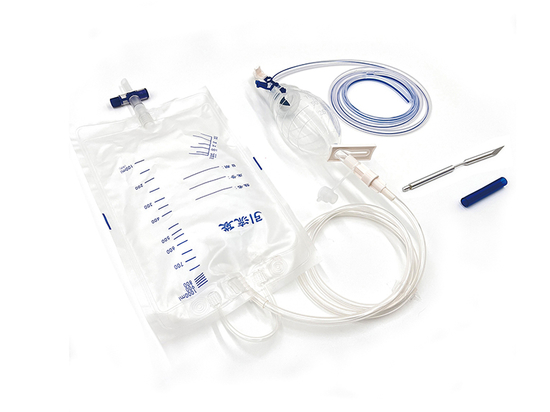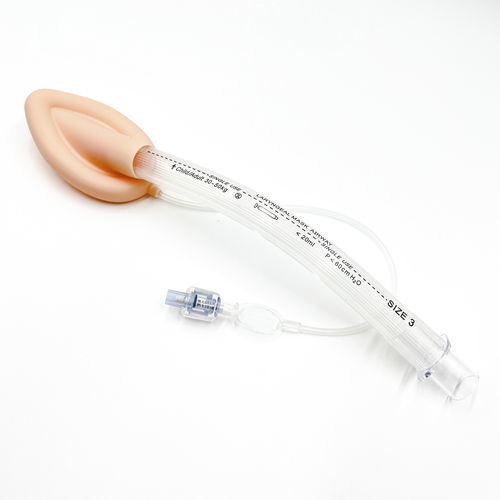
#Product Trends
Applications and Upgrades of Laryngeal Masks:
Innovations in Non-Inflatable Laryngeal Masks
Applications and Upgrades of Laryngeal Masks: Innovations in Non-Inflatable Laryngeal Masks
Introduction
The laryngeal mask is an essential medical device widely used in emergency care, anesthesia, and intensive care settings. Its primary function is to maintain airway patency and provide oxygen or anesthetic gases to patients. In recent years, advancements in technology have led to continuous upgrades in the design and materials of laryngeal masks, particularly with the introduction of non-inflatable laryngeal masks, which offer numerous advantages.
### Basic Functions of Laryngeal Masks
Laryngeal masks are typically used to maintain airway patency and prevent airway obstruction. In emergency situations, they can be quickly applied to unconscious patients to ensure oxygen delivery. Compared to endotracheal intubation, laryngeal mask insertion is relatively simple and causes less trauma to the patient.
Advantages of Non-Inflatable Laryngeal Masks
1. Ease of Use**: The design of non-inflatable laryngeal masks allows for rapid insertion by healthcare providers in emergencies, eliminating the need for manual inflation. This is especially crucial in complex situations where every second counts.
2. Reduced Risk**: Traditional laryngeal masks require inflation after insertion, which can lead to airway trauma or discomfort. Non-inflatable laryngeal masks, with their improved structure, maintain good sealing without inflation, minimizing these risks.
3. Enhanced Comfort**: Patients using non-inflatable laryngeal masks experience less pressure due to the absence of the inflation process, which improves overall comfort and makes them suitable for longer use.
4. Reusability**: Many non-inflatable laryngeal masks are made from sterilizable materials, offering better durability and reducing operational costs for hospitals.
Technological Innovations
The development of non-inflatable laryngeal masks involves multiple technological fields, including materials science, fluid dynamics, and ergonomics. New materials make the masks lighter and stronger, while optimized designs ensure better adaptability to different patients' airway structures.
Application Fields
Non-inflatable laryngeal masks demonstrate promising applications in various areas:
- Emergency Medicine**: In ambulances or during on-site emergencies, the quick insertion of non-inflatable laryngeal masks can significantly improve resuscitation success rates.
- Anesthesia**: Anesthesiologists can use non-inflatable laryngeal masks to ensure patient safety and rapid induction of anesthesia before surgery.
- Intensive Care**: In cases requiring prolonged airway management, non-inflatable laryngeal masks provide a superior option.
Future Outlook
As technology continues to advance, non-inflatable laryngeal masks are expected to evolve further toward greater intelligence and personalization. For example, future models may incorporate sensor technology to automatically monitor patients' airway status and adjust the mask's pressure and position in real time, enhancing safety and comfort.
Conclusion
The emergence of non-inflatable laryngeal masks marks a significant upgrade in laryngeal mask technology. They not only improve the efficiency of emergency and medical procedures but also enhance the patient experience. With ongoing technological advancements, we look forward to seeing more innovative medical devices in the future that provide higher quality care for patients.







